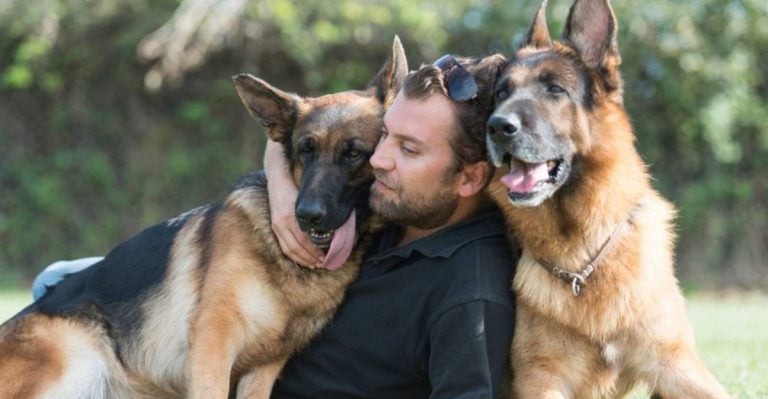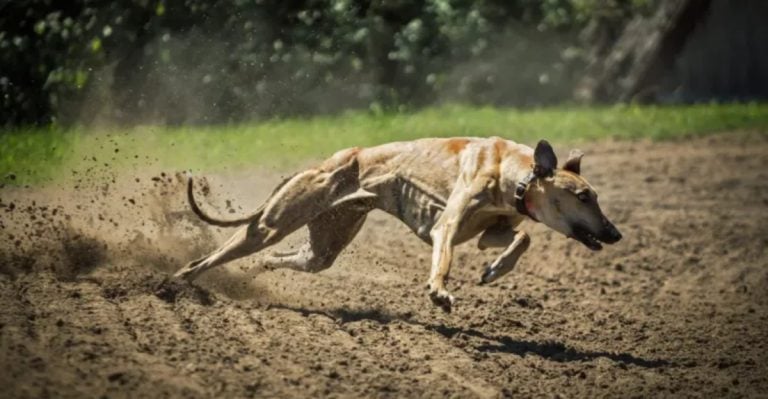15 Dog Breeds Experts Use Most In Therapy Sessions
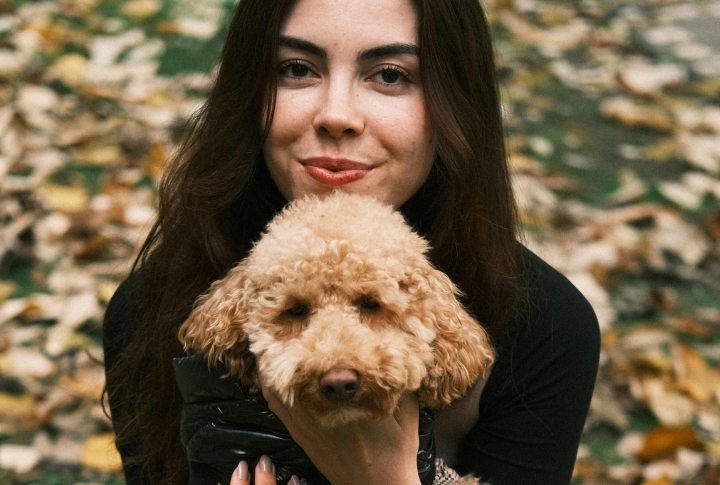
Some dogs seem to read emotions like open books. They don’t just keep you company, but they comfort, support, and connect. Therapy dogs bring calm to hospitals and classrooms, but not every breed fits the role. Here are 15 breeds that shine in this work, each with something truly special to offer.
Cavalier King Charles Spaniel

Though small in size, this breed brings a comforting presence that fits perfectly into laps and hospital rooms. With soulful eyes that seem to understand and coats as soft as a whisper, Cavaliers gently draw out emotion and ease. The calming nature makes them ideal companions in healing spaces.
Poodle
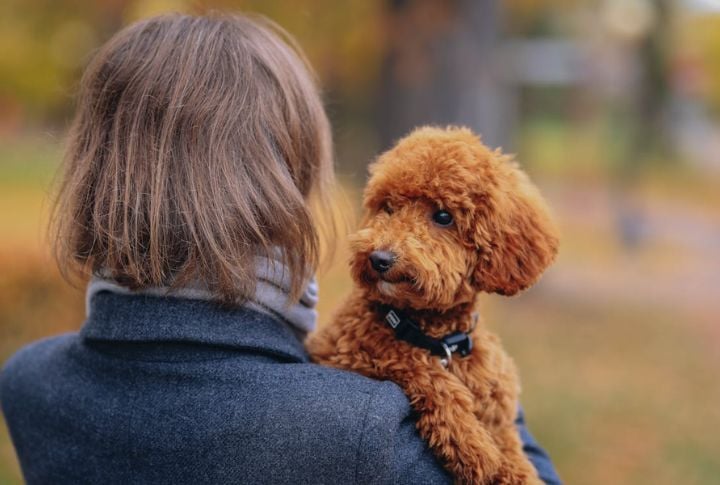
Standard, Miniature, or Toy Poodles offer hypoallergenic coats and remarkable intuition, although an allergic test is recommended. Fast learners by nature, they adapt seamlessly to new environments and respond fluidly to emotional cues. These dogs make animal-assisted therapy more accessible.
Havanese

One look at that happy strut, and it’s easy to see why this pup shines in classrooms and hospital halls. Gentle and irresistibly fluffy, it naturally lifts moods. Even a few moments of petting with it can ease anxiety and help lower stress—doesn’t matter if you’re a kid, teen, or an adult.
Border Collie
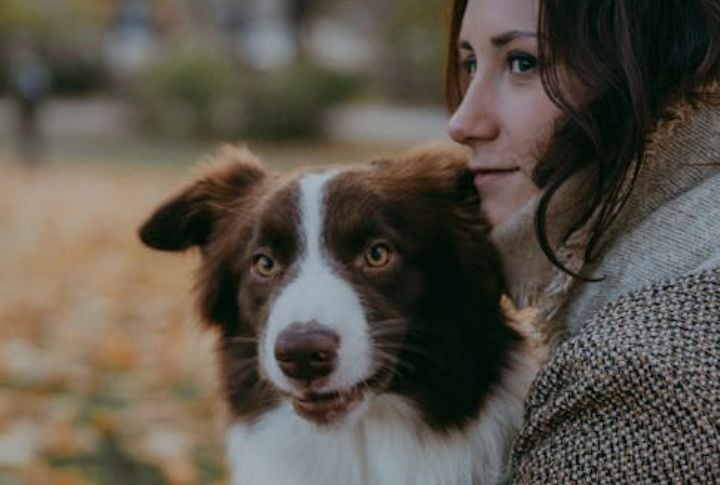
When it comes to focus and discipline, few dogs match the Border Collie’s natural edge. These traits make them ideal for structured therapy work, such as veteran PTSD support or trauma-focused CBT sessions. The laser-sharp attention of this breed allows them to mirror emotional changes almost instantly.
Labrador Retriever
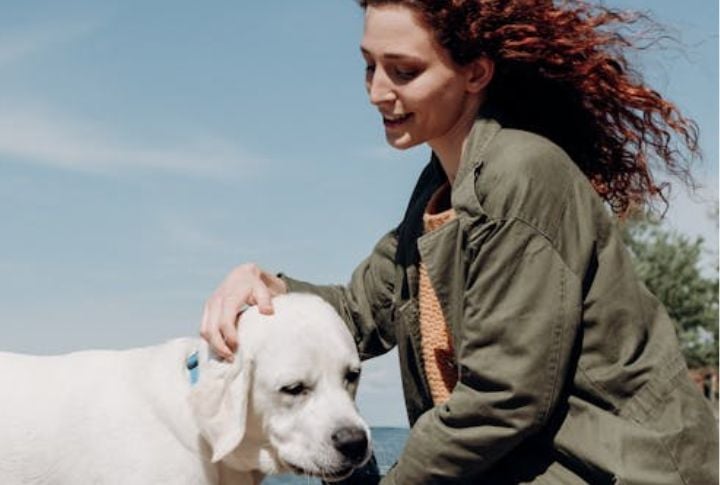
Labs carry emotional steadiness like a weighted blanket. Human interaction makes them exceptional in pediatric therapy and trauma recovery environments. Even in tense spaces, a Lab’s presence can lower heart rates—literally. Loyalty and obedience also simplify advanced task training for them.
Great Dane
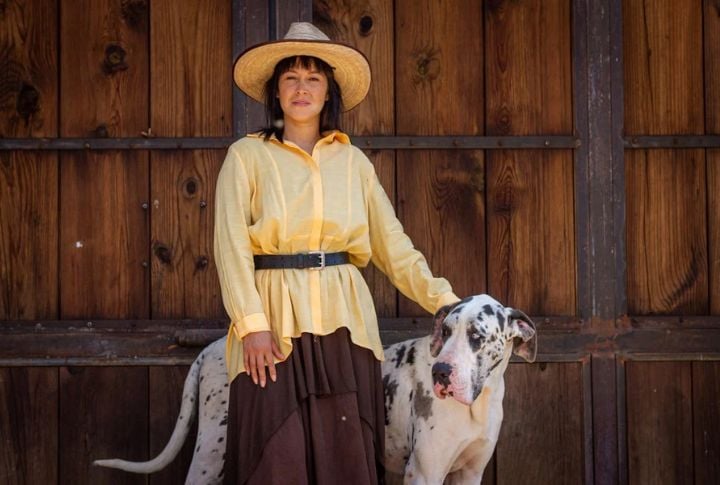
Great Danes are towering yet tranquil, and offer grounding comfort. That size allows them to stand at bedside height, which is ideal for patients who can’t bend or sit. You’ll find them impactful in psychiatric therapy, where Dane’s peaceful presence provides physical and emotional reassurance.
Golden Retriever

There’s something instantly soothing about a Golden Retriever’s calm eyes and easygoing nature. That’s why they’re favorites for therapy work, especially in hospitals and elder care. These breeds gentle ways and steady temperament bring comfort without effort—like they were made to make people feel safe.
Bernese Mountain Dog

Thick fur and soulful eyes, with a slow, calming pace, define the Bernese Mountain Dog’s therapeutic charm. Ideal for colder climates, their thick coats and calm demeanor suit cold-weather visits. In nursing homes and end-of-life hospice support, their calm nature is helpful.
Boxer
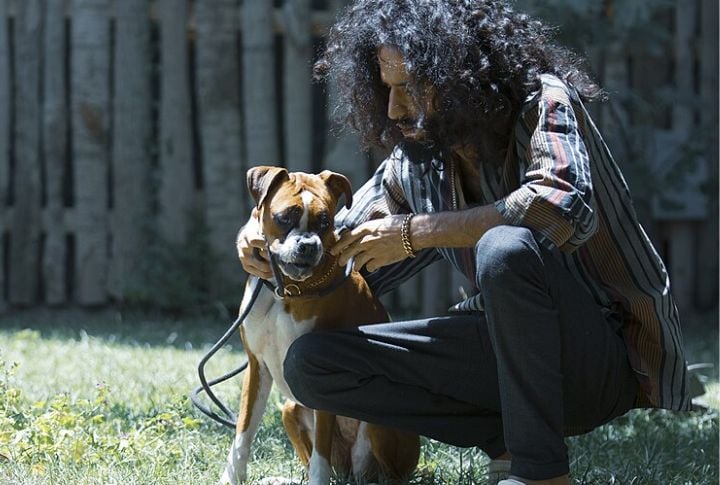
Boxers bring energy without chaos. This makes them often used in youth-focused therapy because this breed’s expressiveness and playful nature invite guarded individuals to open up. Despite their strong build, Boxers respond well to gentle correction, and this makes them safe during therapy work.
Bichon Frise

No need to choose between cuddles and clear sinuses because this breed delivers both with ease. Adaptable and inviting due to its manageable size and affectionate demeanor, these breeds offer comfort without overstimulation. This is a huge advantage in confined therapy or waiting rooms.
Shetland Sheepdog

Nicknamed “Shelties,” these perceptive pups’ attentiveness helps them respond to emotional cues. Shetlands thrive in therapy involving emotional regulation and recovery from trauma. This breed has expressive eyes and a thick coat that offers sensory comfort while using alertness to keep sessions engaging.
Papillon
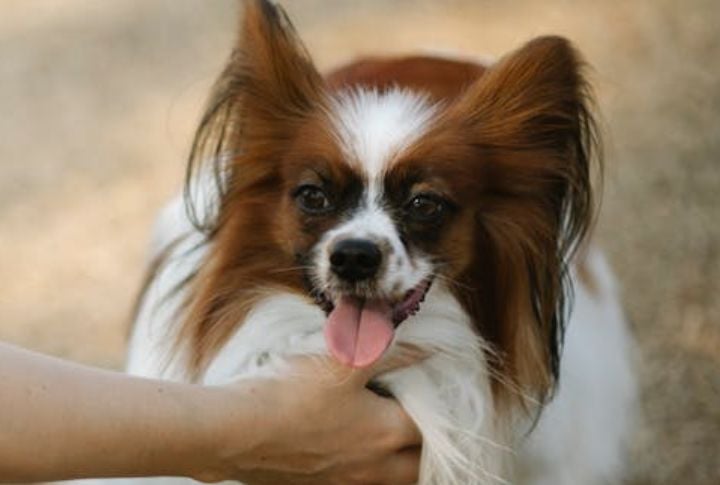
You’ll know a Papillon by its signature ears, which are usually wide and shaped like butterflies in flight. Their small size and quiet curiosity allow them to comfort people without overwhelming them. Therapy work in high-sensory spaces often calls for calm companions, and that’s exactly what the Papillon provides.
American Pit Bull Terrier
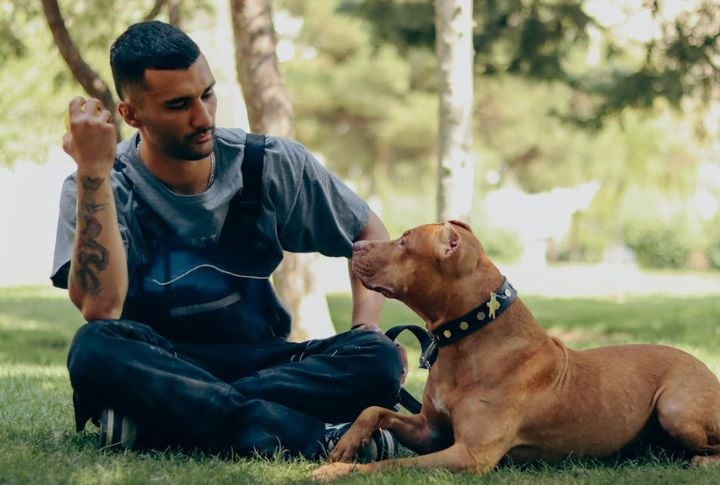
Therapy work suits Pit Bulls well once they’ve gone through focused, consistent training. Many serve in hospitals and veteran outreach programs after this. The emotional attunement of these dogs surprises those who’ve only known the myths. However, handlers praise their attentiveness during extended support sessions.
Vizsla
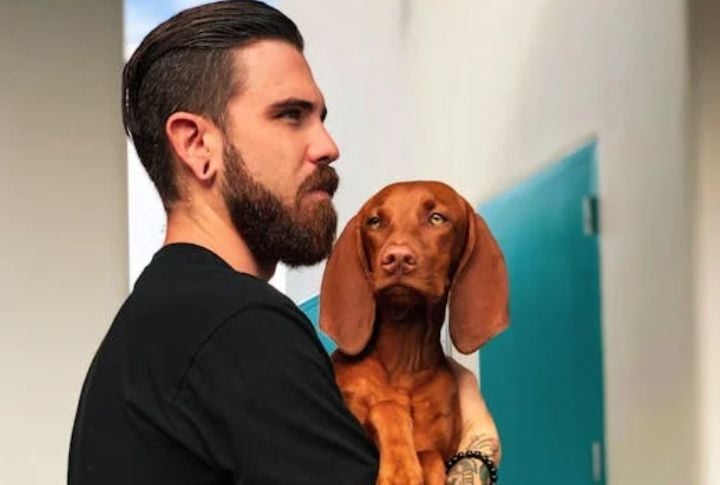
Vizslas thrive when close to people, and that’s why they are known as “Velcro dogs.” Hungarian in origin and heartwarming by nature, Vizslas are very impactful in post-crisis counseling. Their athleticism also suits active therapy programs involving movement or exposure therapy.
Corgi
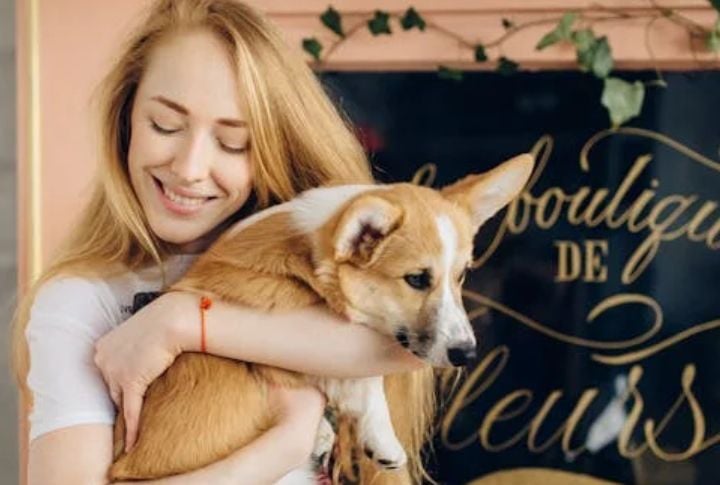
Delight tends to follow Corgis around, thanks to their compact size and outsized personality. Used often in school reading programs and support groups, their alertness ensures a swift response to emotional shifts, and this makes them ideal for clients prone to rapid mood changes.




